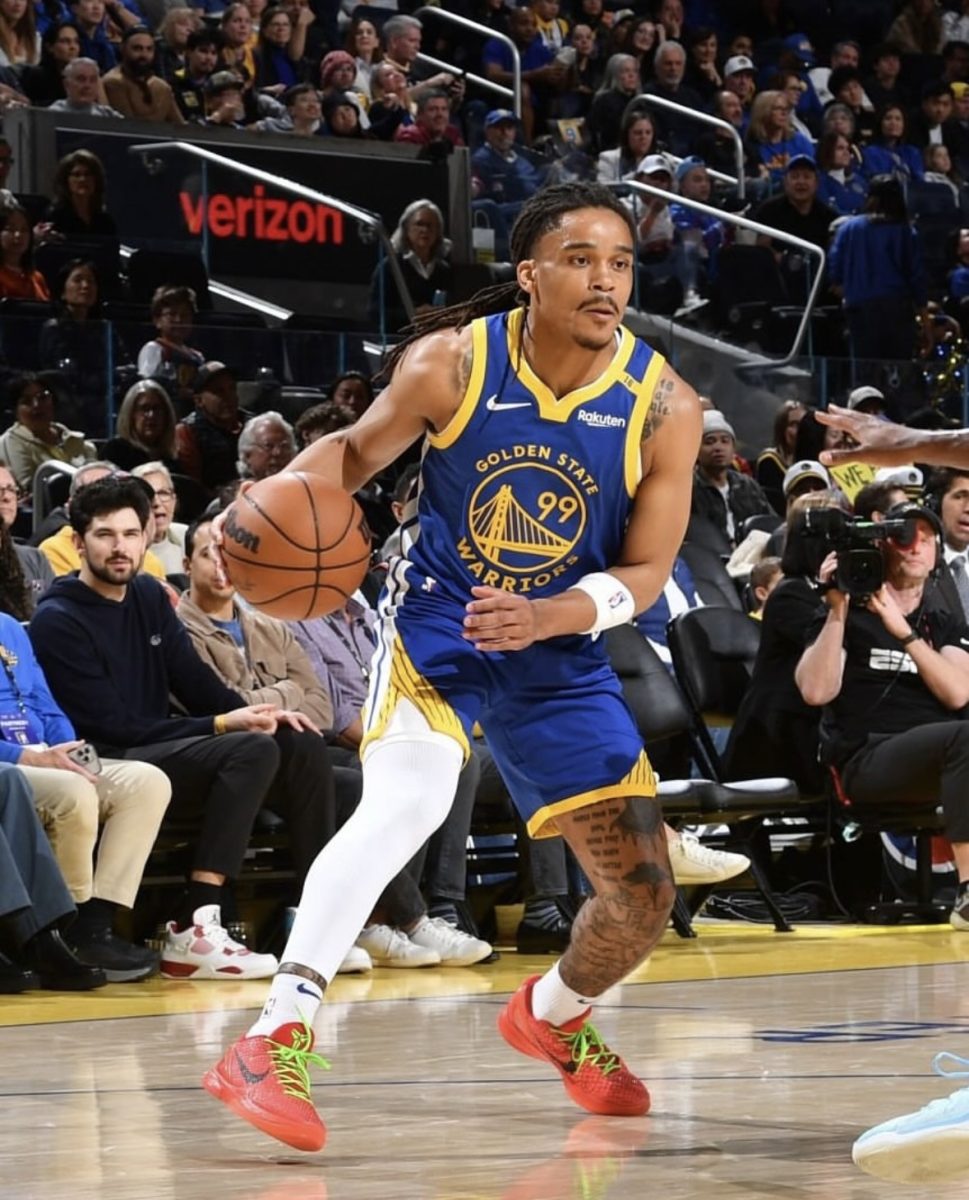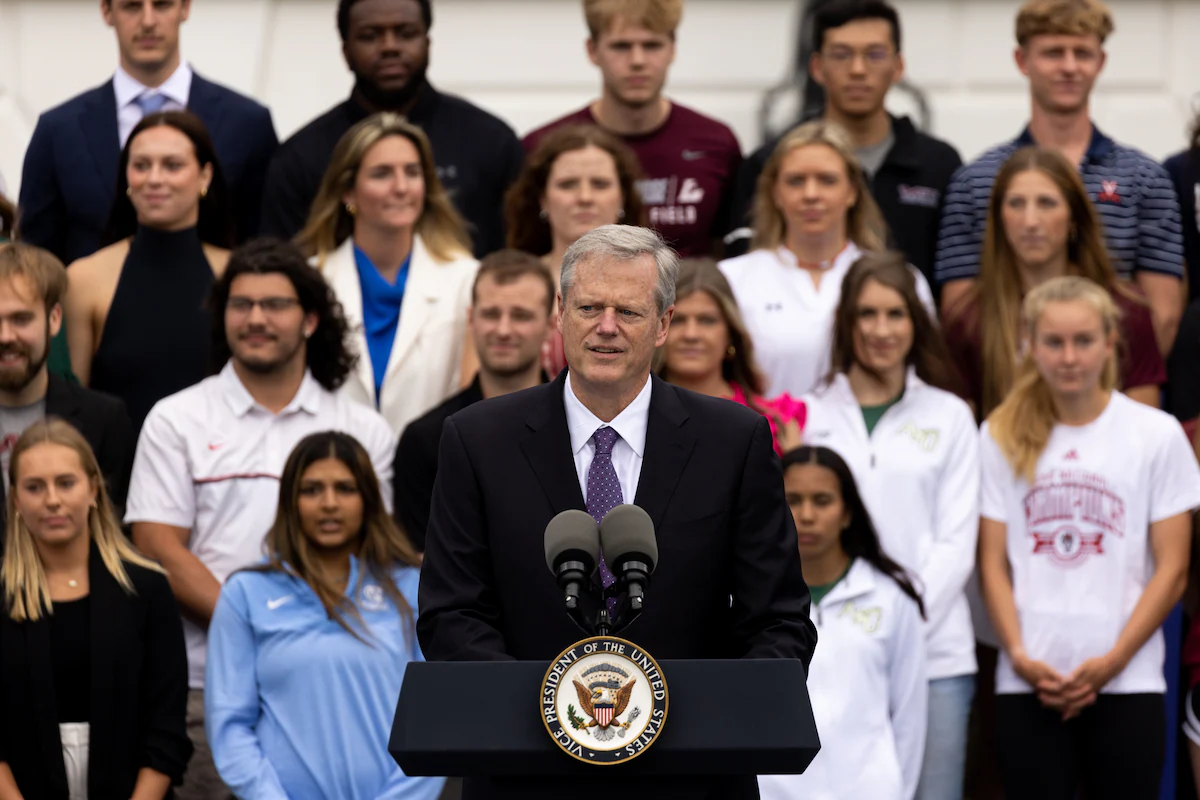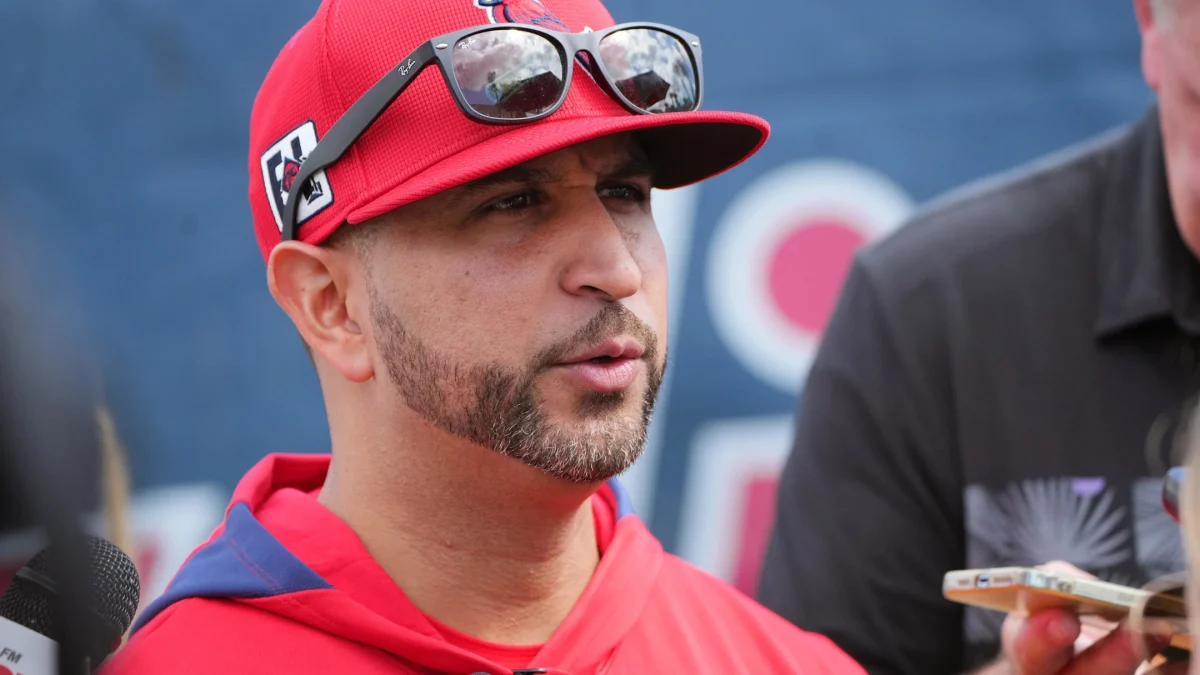When the words “Olympic weightlifting” are said, many conjure up images of hulking brutes that strut around the gym flexing their biceps and baring their pecs. But for one Saint Louis University student, “Olympic weightlifting” has an entirely different connotation.
For 19-year-old Justin Thacker, weightlifting has been an integral part of his life for the past nine years. He has competed in various power lifting and Olympic lifting contests throughout the Midwest and the greater United States.
Often people wrongly associate Olympic weightlifting with power lifting. One must describe the fundamental differences between Olympic lifting with power lifting in order to fully grasp the two seemingly identical sports.
Power lifting consists of three different lifts: the bench press, the back squat and the deadlift. All three of the exercises require little more than unrefined muscle and tendon strength.
Flexibility, coordination and cardiovascular endurance are negligible factors. The classes are divided according to weight and age.
Olympic weightlifting, on the other hand, is regarded with more respect among those who are familiar with the two sports.
It is an Olympic-sanctioned sport for both men and women that is also divided into classes according to weight. It is comprised of only two lifts: the snatch and the clean-and-jerk.
Both of the lifts require tremendous balance, speed, coordination and strength. The snatch is considered to be the more technical lift. Often less weight is loaded onto the bar when a lifter is performing the snatch.
It involves lifting the bar from the floor to above the head in one dynamic fluid motion. The lifter “receives” the bar in an overhead squat position with arms fully locked. The lifter then rises to a standing position to await the judges’ ruling.
The clean and jerk is the mightier of the two lifts. It involves two partial lifts. The first is the “clean” position. It involves lifting the barbell from the floor up to the shoulders.
The second move, the “jerk,” is the final thrust that gets the bar above the head. The lifter then brings his or her feet together with the weight locked out above the head to await the judges’ ruling.
Over the past two and a half years, Thacker has become quite familiar with these exercises. The Belleville native was introduced to Olympic the sport at Althoff High School through one of his coaches, Pat Hayes.
Thacker could not have found a better teacher. Hayes is currently ranked in the top three male lifters for the 94-kilogram weight class and is the 22nd best lifter in the nation, overall.
Since the meeting, Thacker has done nothing but improve.
“Hopefully by this time next year I’ll have met the requirements for the Junior World Championship,” said Thacker.
Currently Thacker’s time is consumed with training, working at Bally’s fitness center and his school work.
His results from the 2000 Junior Nationals in February qualified him for the Junior Olympic Squad and earned him the right to train with all expenses paid at the United States Olympic Training Center in Colorado Springs, Colo.
At the national meet, which was held at Louisiana State University, Thacker snatched 107.5-kg (approximately 236.5 pounds) and jerked 137.5-kg (about 302.5 pounds) to lift a total of 245-kg.
He ended up placing fourth in the nation, right behind John Harris. “He’s probably my biggest competition for next year’s national championship,” Thacker added.
Thacker is no stranger to competition or winning. Just last summer he placed first at the Amateur Athletic Union Junior Olympics.
When he was 16 and only weighed 148 pounds, he set records on Illinois and Indiana with a back squat of 405 pounds and a deadlift of 429 pounds.
Thacker plans on qualifying for the 2004 or 2008 Olympic team, which he said is “very plausible.”
Thacker said, “I switched from power lifting to Olympic lifting with the hopes of making the Olympics.”
Thacker is currently following the Olympic team’s workout schedule, which consists of four solid days of Olympic lifts and supplementary exercises.
Three of the four days are two-a-day type practices with sessions in the morning and afternoon.
On his off days, he performs basic strength training. In August, Thacker leaves for Colorado Springs to begin the “real work.”
The two-week program at the training center is an intense evaluation and development period. If Thacker meets the coaches’ expectations, he may be asked to become a permanent resident in preparation for the Olympic Games.
He said that if the opportunity arises, he is 75 percent sure that he will take it.
On the other hand, he also faces the possibility of rejection.
“If I’m not accepted, then I’ll take the knowledge that I’ve gained and use it to train harder with the hopes of beating some of the resident athletes,” Thacker said









